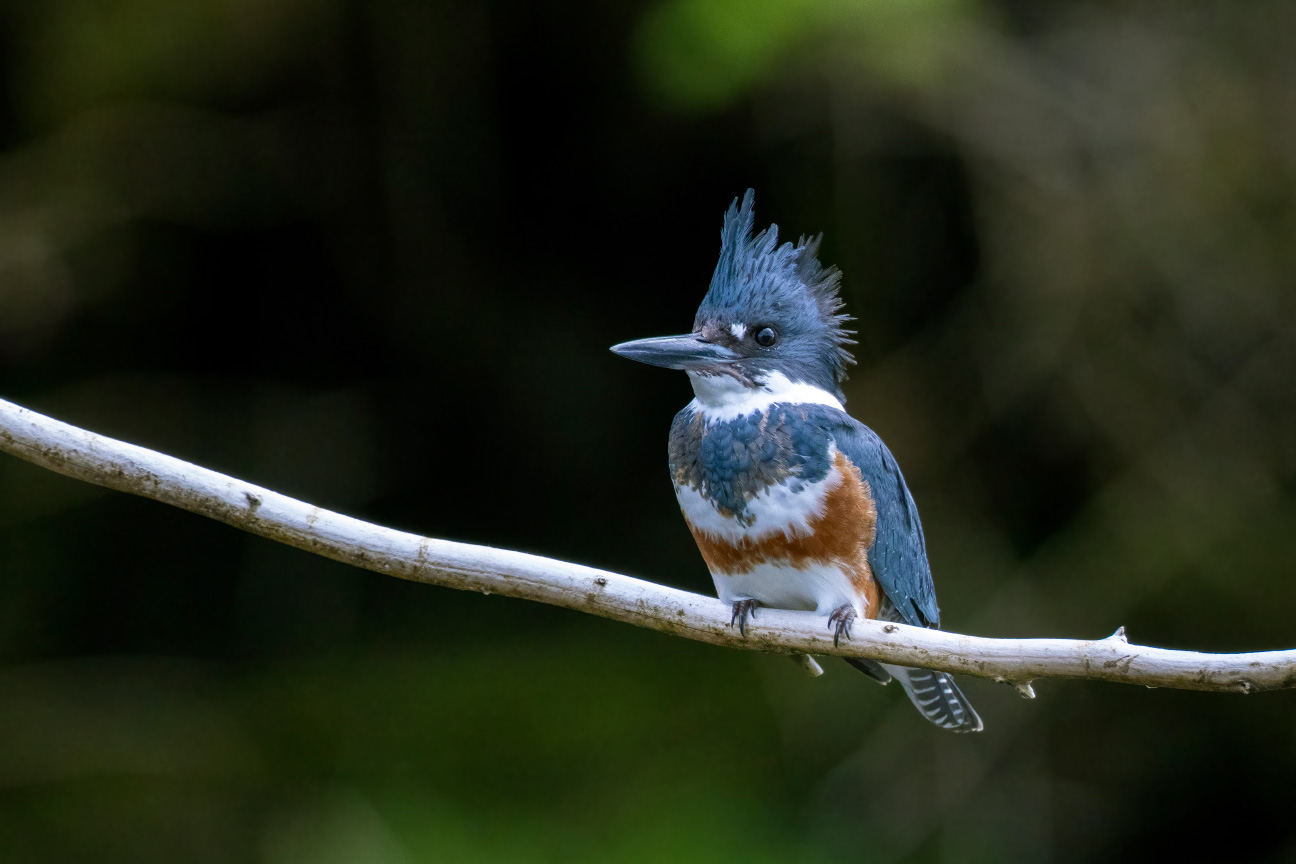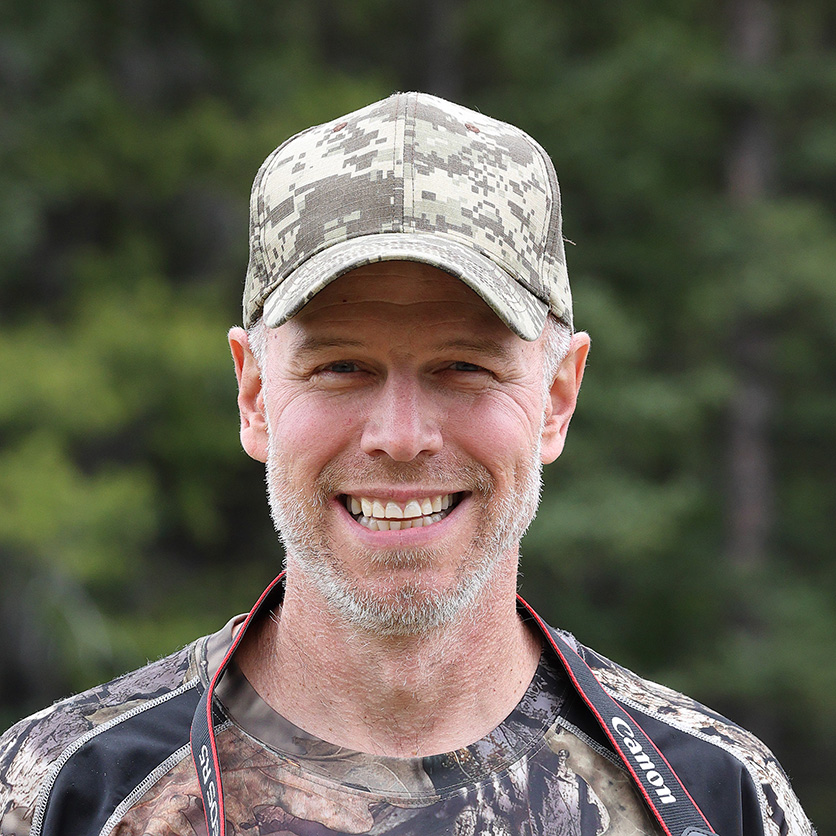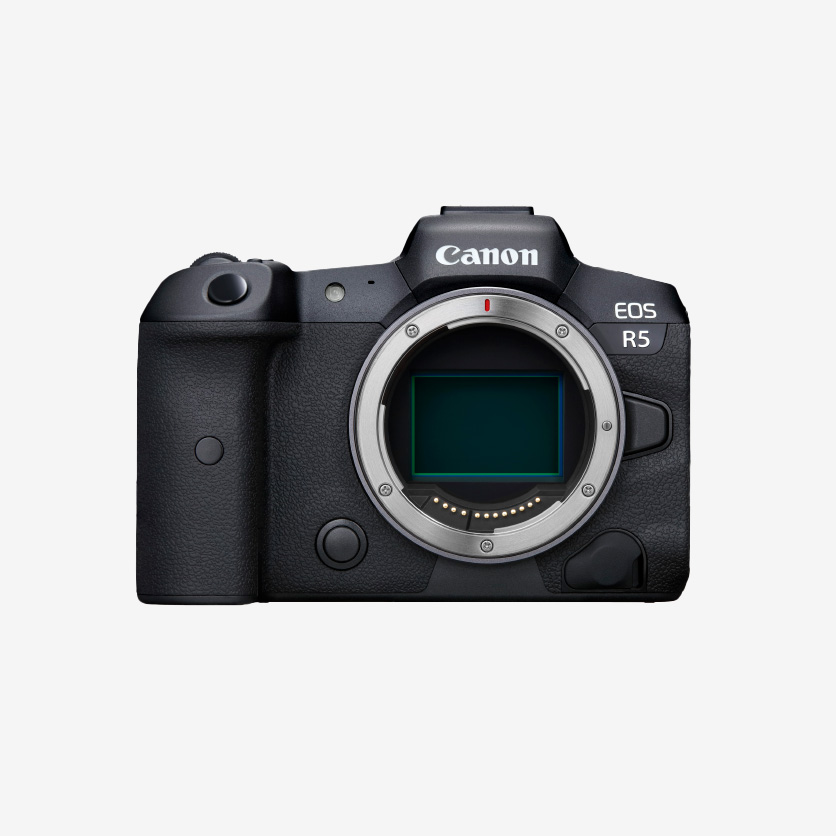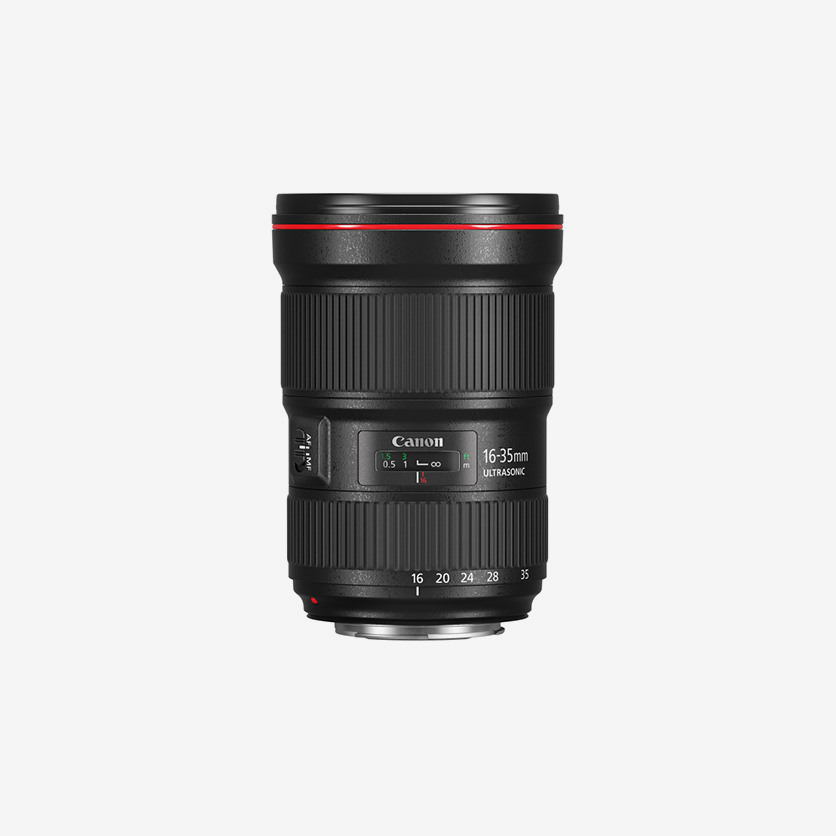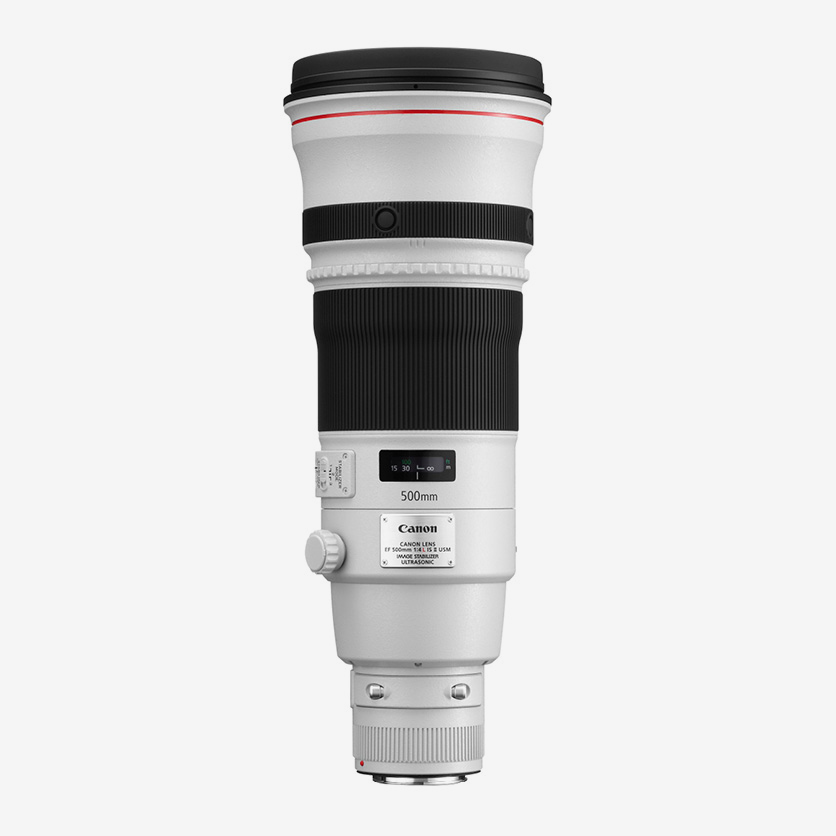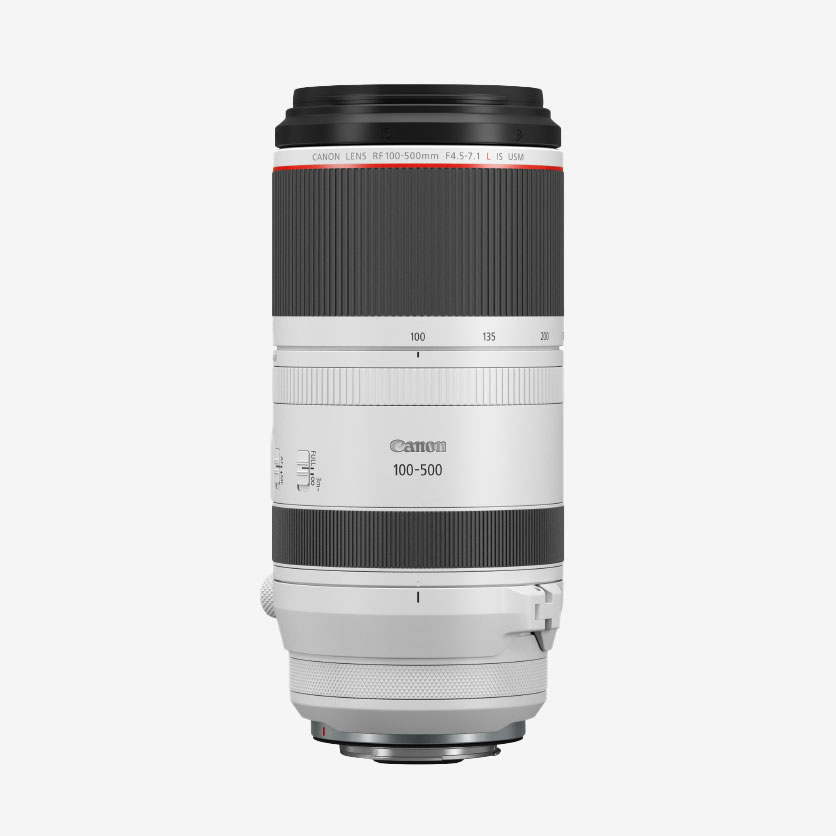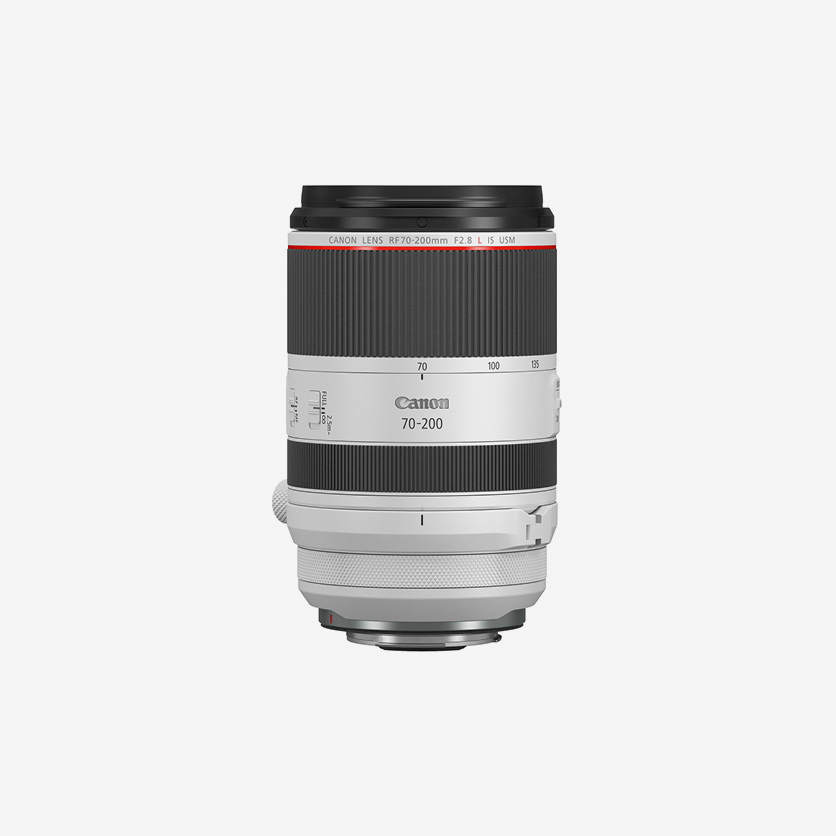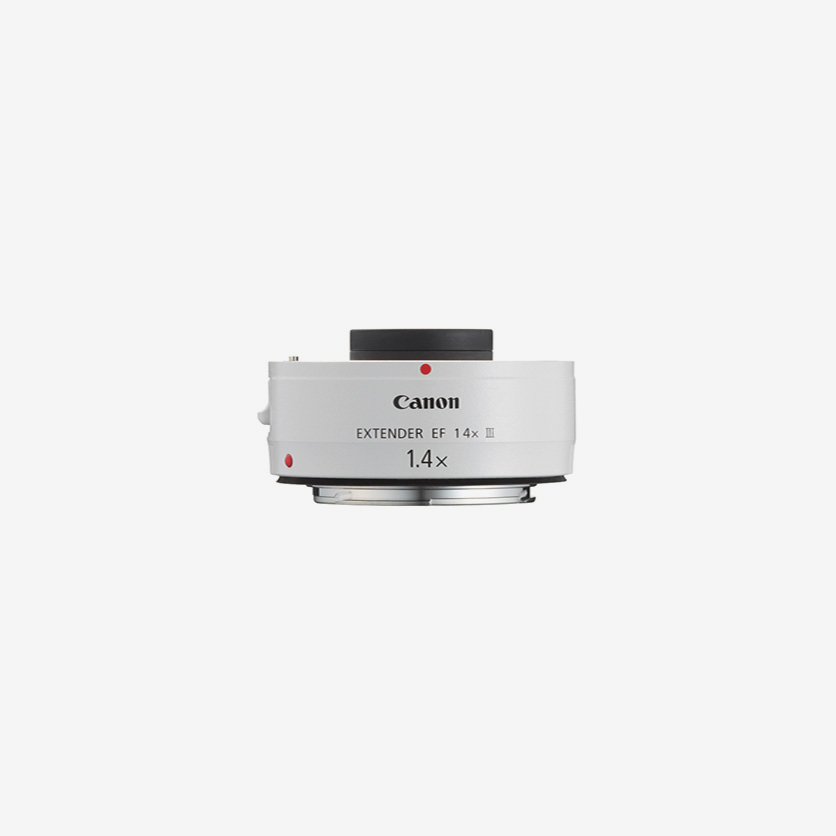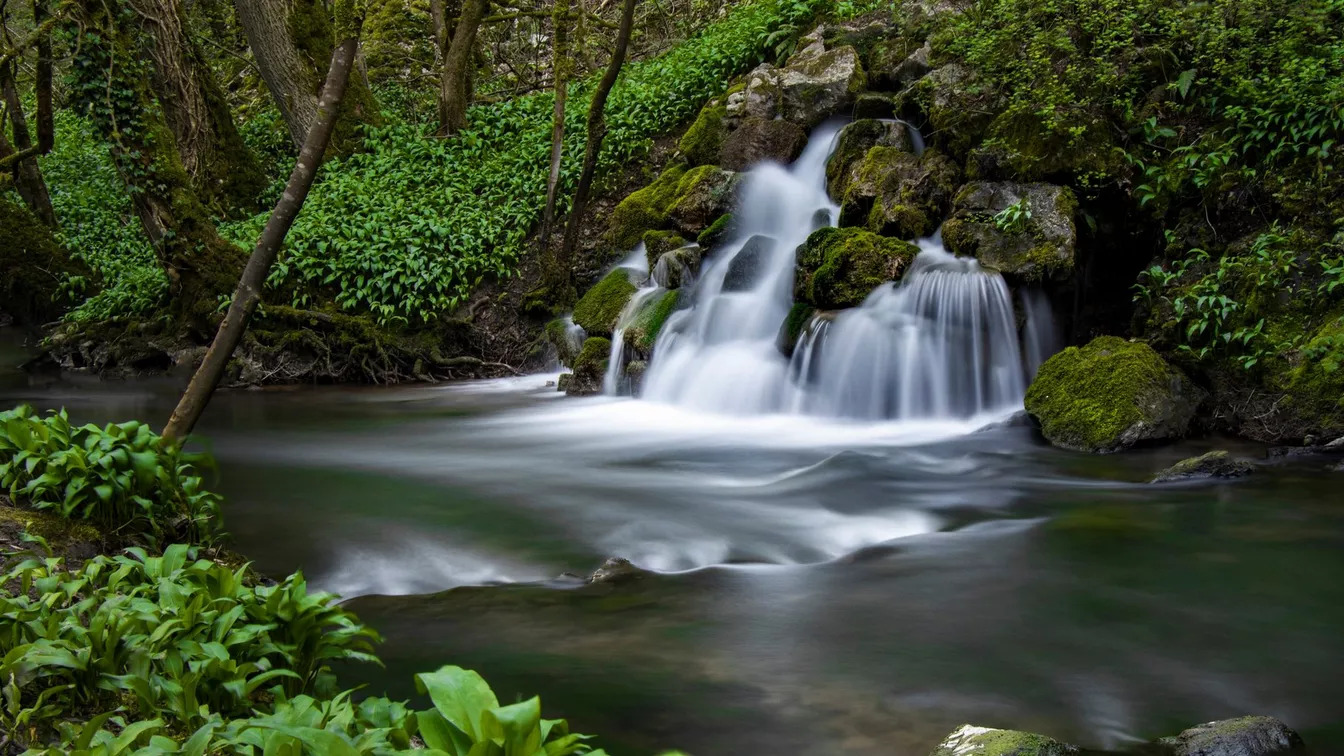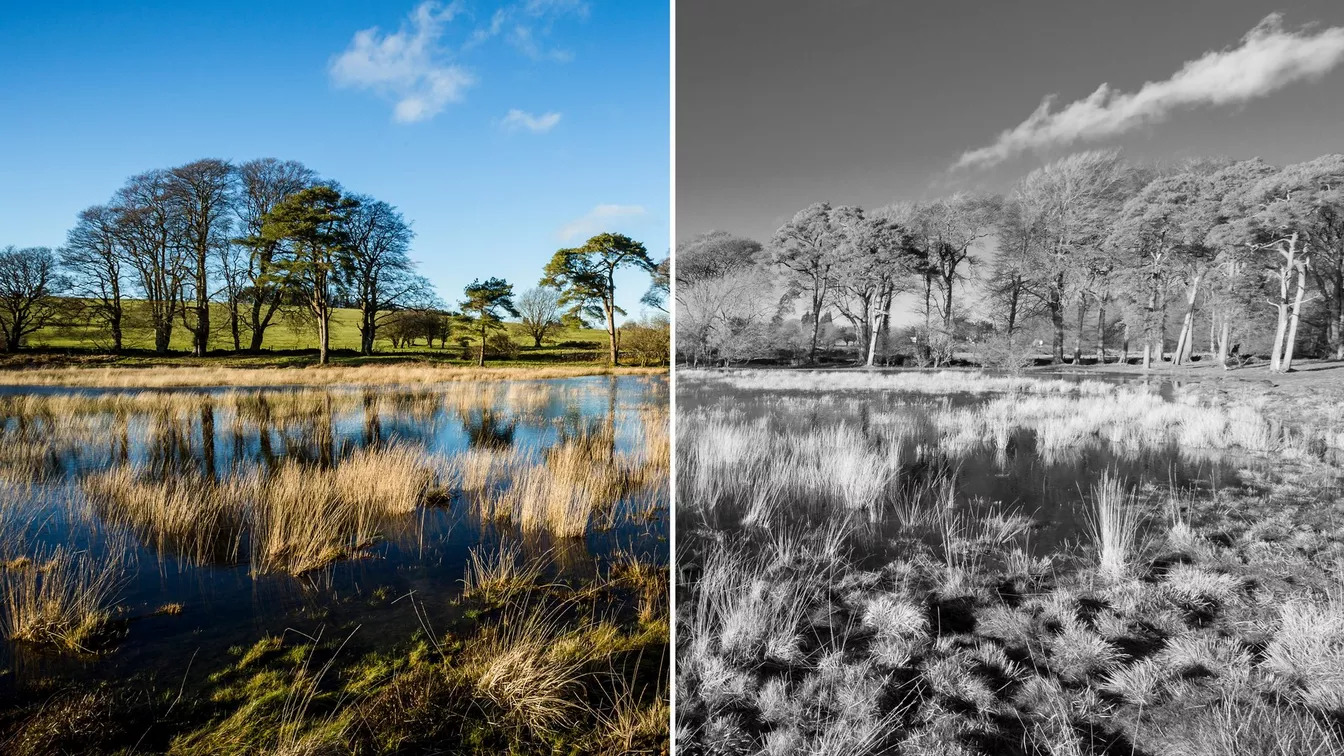Wildlife photographer John E. Marriott is renowned for his images of bears, wolves and other apex predators. He’s equally passionate about furthering the conservation of these species and giving wildlife a voice.
On his sixth birthday, John E. Marriott unwrapped a basic point-and-shoot camera. Already obsessed with wildlife even at that young age, he immediately assumed the role of family photographer. “On trips to the Canadian Rockies, I would take little pictures of the bears and moose and stuff I saw on the side of the road and make photo albums of them,” he says. “I was literally making photo books back in 1975.”
Fast-forward to 2024, and Marriott is now an award-winning professional wildlife photographer with eight published books to his name. His work has appeared on billboards, magazine covers (including National Geographic and Maclean’s) and B.C. license plates. An image he took of burrowing owls was used on a Canadian stamp, and one he took of swift foxes is on a Royal Canadian Mint coin. Wildlife has always played a big role in his life. Once photography entered the picture, and the two intertwined, Marriott found his calling.
LAYING THE GROUNDWORK
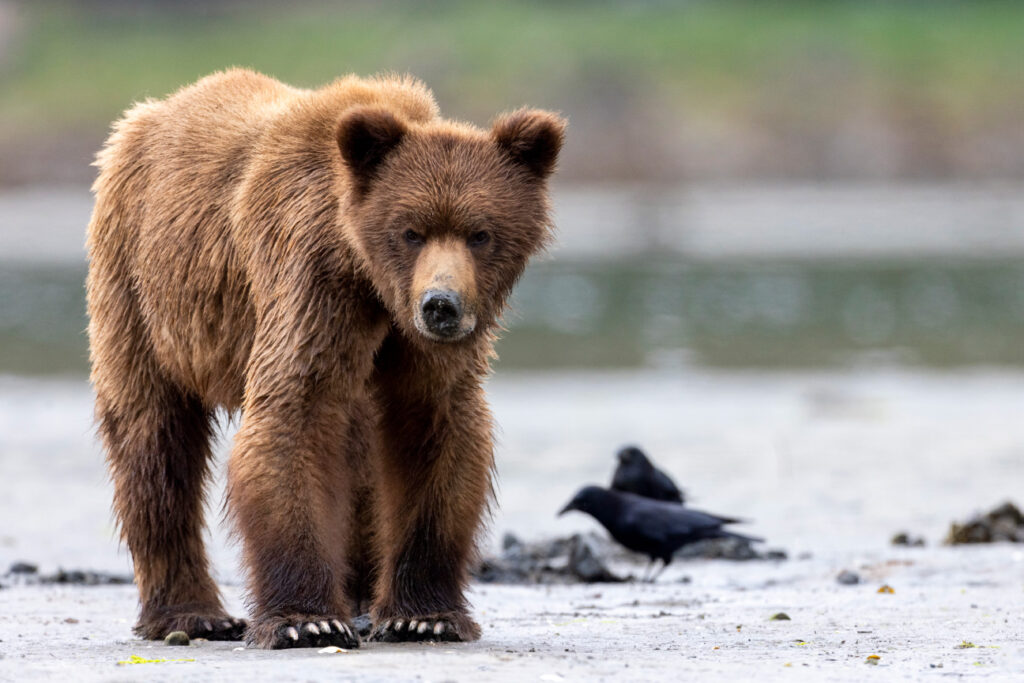
Marriott initially studied mathematics. He rethought his career plans, and with aspirations of being a park ranger in Western Canada, he switched his major and earned a joint Bachelor of Science in Forestry, Parks and Wildlife from the University of British Columbia and the University of California – Berkeley.
In the early 1990s, he worked as a nature interpreter with Parks Canada in Banff National Park, leading guided hikes, doing slideshows and connecting people with nature. Three of his colleagues were avid amateur photographers. Their enthusiasm rubbed off. Marriott started borrowing his mom’s 35mm camera and lenses. Within a year, he bought his own camera: a Canon A2E.
In 1996, he sold his first image to Canadian Geographic. The image of a grizzly bear mother with her two cubs walking through the snow toward hibernation in Kananaskis Country appeared in the January/February 1997 issue of the magazine.
“At that point, I thought maybe this is something I can make money off of,” he says. “But it was a terrible year other than that. I hardly sold any photography, but it started the process in my mind. I opened a bank account and got a trade name for my photography. From that point onward, [being a wildlife photographer] was always the goal.”
Shortly thereafter, Marriott left Parks Canada, started his photography business and spent three years working a corporate contract job that gave him the flexibility to build his portfolio. “By the year 2000, I was able to switch full time to photography and rely on just that for income,” he says.
CONNECTING WITH NATURE
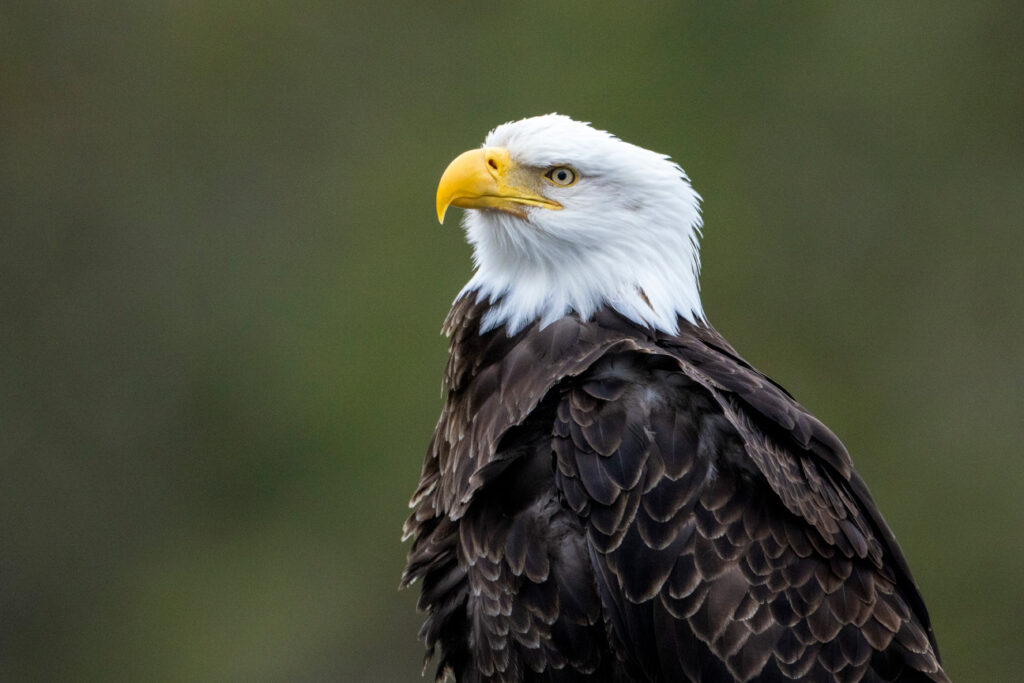
“With my work, I try to convey emotions that connect people with wildlife,” says Marriott. “I may photograph a cougar, for example, and I may be there for eight hours, and the cougar hardly looks at me. But it’s those images when it does look at me, and I’m able to get that connection to the viewer where it looks like the cougar is looking right into their souls, that’s the type of image that I strive for.”
Marriott is also well known for putting wildlife in big environmental scenes. “I’m known for my predators – people know me as a wolf guy, a bear guy, a cougar guy. That’s what I get the most challenge out of and what I enjoy photographing, and the animals that I enjoy advocating for the most.”
More than two decades into his career, Marriott also enjoys the challenge of photographing new and hard-to-get species. “I’m on to mountain lions, which is just about the pinnacle of as hard as you can get in Canada. I have to track them down on foot. I’m lucky if I get one encounter a year.
“It’s a long, slow process with a lot of hard work, but I love that. I love the challenge and I love the storytelling that goes with it.”
For his 2022 book, The Kootenay Wolves: Five Years Following a Wild Wolf Pack, Marriott would leave his home in Canmore, Alta., at 3 a.m., drive 140 kilometres and hike eight kilometres – in the dark on no trails – to a den site. Once set up, he’d stay all day, packing up once it was dark enough that the wolves wouldn’t see him leave. He’d arrive home around 1:30 a.m., sleep and be ready to do it again. “There was always a day or two break in between, but it was pretty hardcore,” he says. “I did that for almost three months straight.”
“YOU DON’T ALWAYS GET THE SHOT YOU WANT”
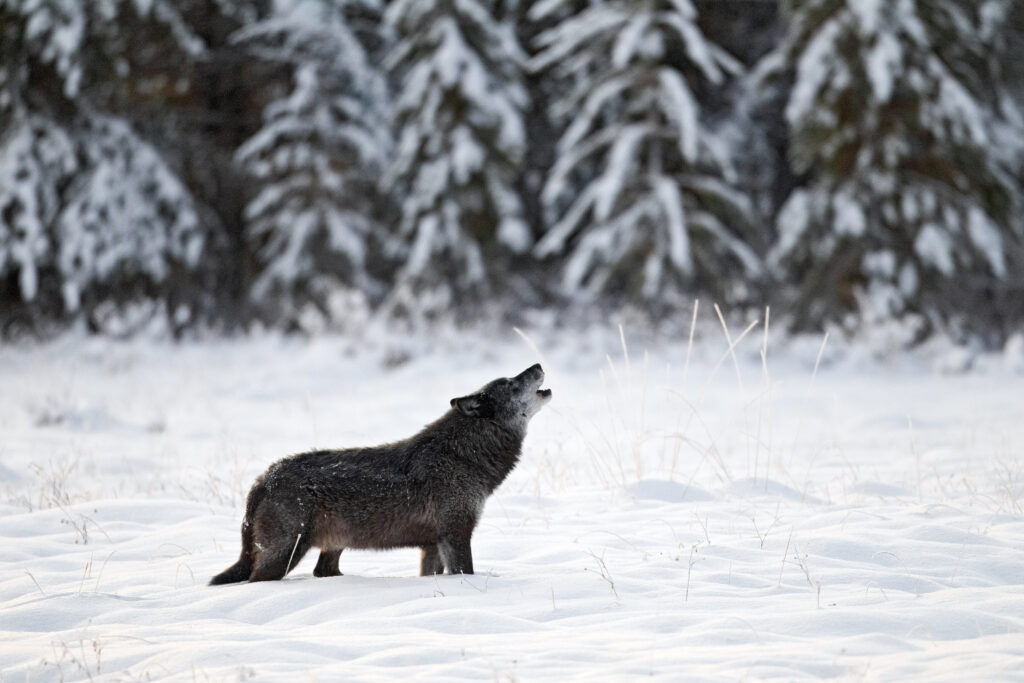
Wildlife photography is an amazing tool to connect people with nature and educate them on environmental conservation. Understanding how to capture images of wild animals while respecting their ecosystem and natural behaviour comes with experience.
“From an ethical perspective, first and foremost, you don’t always get the shot you want,” says Marriott. “That’s something that through my career I’ve had to come to grips with.
“Wildlife photography has always been what I consider to be probably the toughest type of photography there is because it’s the only type of photography that you don’t really get to control any of the circumstances. You can’t control what the animal is doing. You can’t control the weather. You can’t control the light. You have your own skills and your own camera gear, but everything else is up to chance. I love that you have to just try to put yourself in the right spot and hope something great unfolds.”
A key element to becoming a good wildlife photographer is discovering what you’re passionate about and developing your style, says Marriott. For some, that may mean photographing owls, for others it’s focusing on foxes, or travelling to the Arctic to captures images of polar bears. “I always encourage people, whatever sounds cool to you, go do it,” says Marriott. “Do as much of it as you can, and your experience will slowly lead you to becoming a better and better photographer.”
The climb may be slow, but worth it. While still at Parks Canada, Marriott showed one of his coworkers, a more experienced photographer at the time, some of his images. His colleague suggested the photos may not be worth keeping. Shocked then, Marriott looks back now and knows those early images weren’t portfolio worthy. “But when you’re just starting out, you’re emotionally tied to every image you take. It takes time for you to slowly start to realize what’s good, what captures people’s emotions. It’s all part of the process.”
USING HIS VOICE
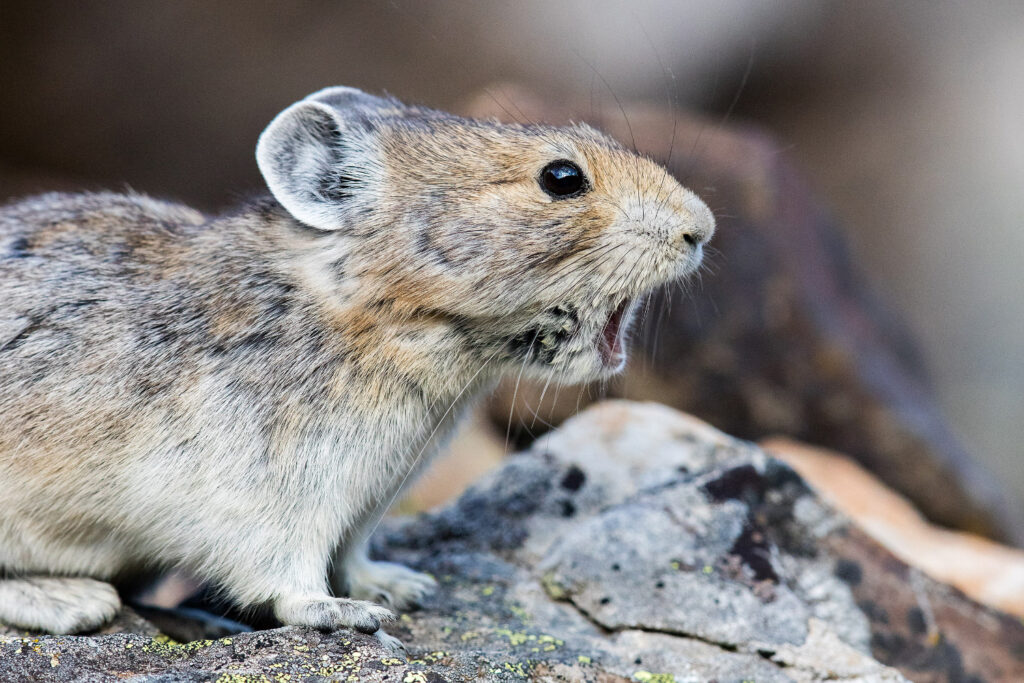
Marriott is now well known for his conservation work. His passion for it dates back to high school, when most of his essays were tied to wildlife conservation issues, such as the wolf cull in British Columbia. His ability to combine his advocacy with his photography took time. “When you’re starting out in wildlife photography, there’s not really that opportunity to be super-tied to conservation,” he says. “I was struggling just to pay the bills. I was just trying to expand my portfolio as quickly as possible so that when a magazine came calling, I would have the image to sell them.” It wasn’t until he had established himself with a handful of published books that he started thinking beyond his business.
He’s now an associate fellow with the International League of Conservation Photographers and a board member of the Canadian Conservation Photographers Collective. “I’m able to give advice and help educate the next generation of wildlife photographers,” he says. “We’re building a much broader base of people who are educated on the key conservations issues in Canada: climate change, biodiversity, the injustices done to many of our predators, with things like wolf trapping and grizzly hunting.”
He’s also the cofounder of the EXPOSED Wildlife Conservancy, a registered Canadian charity dedicated to enable change in how wildlife and wilderness is managed and protected. EXPOSED specifically advocates for apex predators such as cougars, grizzly bears, wolves and wolverines. “Those are the big four that we’re hoping to enact change for nationally and provincially,” says Marriott. “Things like updating trapping regulations, updating hunting regulations and just protecting more habitat because these are four species that are key to biodiversity within Canada.”
THE TOOLS OF HIS TRADE
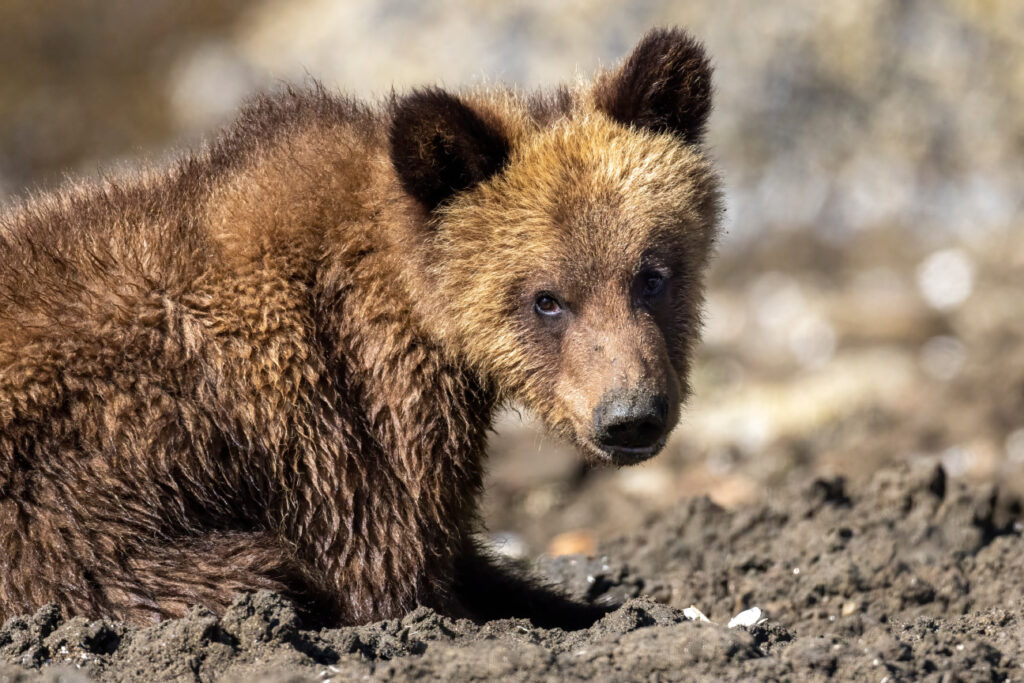
Marriott has levelled up his gear considerably since buying that Canon A2E more than 30 years ago. Today his kit includes a variety of super telephoto, telephoto zoom and ultra-wide-angle lenses, a pair of extenders, as well as two EOS R5s. His big lens is the EF 500mm f/4L IS II USM. What he packs on a given day depends on the trip. For somewhere like the Great Rain Forest, where it’s low light, he’ll bring the RF70-200mm F2.8 L IS USM for the speed of the lens. For well-lit sites that involve a longer hike, it’s just the lighter RF100-500mm F4.5-7.1 L IS USM, which still gives Marriott the reach he needs without the weight of the 500mm.
He’s also now using a mirrorless body. “It’s one of the few times in camera technology history where it truly does make a difference in how good of a wildlife photographer you are upgrading to the latest mirrorless because it’s just simply better autofocus than what we had before and has better files,” he says. “It’s a truly big difference from a wildlife photography perspective.”
Marriott recently borrowed Canon’s RF1200mm F8 L IS USM super-telephoto lens, which weighs the same as his EF 500mm f/4L IS II USM but has 240 percent of the zoom. He used it while travelling to Prince Rupert, B.C. He was able to capture an image of a grizzly bear named Summer that would’ve otherwise been out of reach.
“We usually get pretty close to bears, but not close enough where you can just get headshots,” he says. “As soon as I recognized an opportunity where the bear was staying still, I switched to the RF1200mm and got right in on just the face. It was a beautiful lens to be able to do that.
“The other one that really stands out for me is for my entire career, I’ve tried to get a good belted kingfisher shot. They’re extremely wary of boats and of people, and they never let you get close. With this lens, I didn’t have to get really close. When we would approach, nobody else was even taking photographs, but I was already getting full-frame beautiful kingfisher shots.”
“I’M DOING EXACTLY WHAT I WANT TO DO”
As Marriott celebrates his 25th year as a full-time professional photographer, he has more work to do, more animals to turn his lens on. He’d still like to photograph beluga whales, walrus and fisher. He has one more field season for his next book, this one about cougars. Through EXPOSED’s ‘Trapped in the Past Campaign,’ he’s advocating for updates to trapping regulations that have resulted in countless fur-bearing animals suffering and losing their lives. Marriott is also the owner/operator of Canadian Wildlife Photography Tours, which offers tours, workshops and expeditions for photographers of all skill levels.
Pursuing wildlife photography as a career has given Marriott experiences he never imagined, both with the animals he’s encountered and the people he’s met along the way. He can spend one week tracking cougars, the next leading a guided grizzly bear photography tour.
“Wildlife photography is often thought of as a loner type of profession,” he says, “and I’m really lucky that part of my career, I don’t have to be a total loner. I do a lot of conservation work, but I’m still doing enough work to pay my bills. I’m doing exactly what I want to do right now.”







